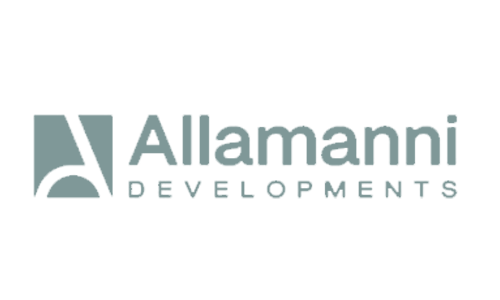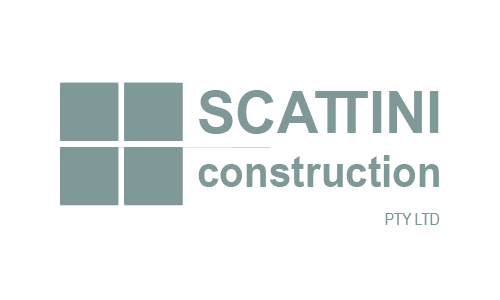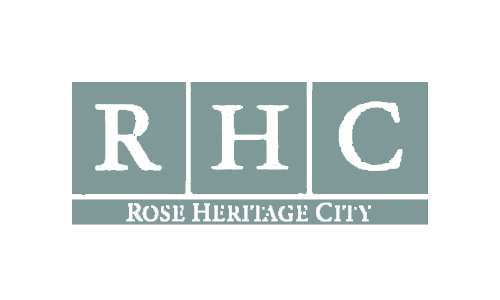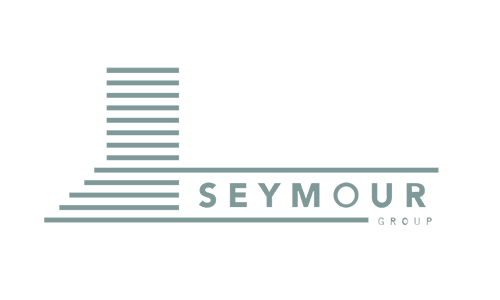nu .

Hobart’s Rise in Niche Commercial Investment
Once considered a fringe market for commercial real estate, Hobart is stepping into the spotlight in 2025 with niche investment opportunities driven by lifestyle appeal, a growing services sector, and increased interstate interest. While smaller in scale, the Tasmanian capital is delivering strong returns and emerging as a strategic location for small-format commercial, medical, and tourism-aligned ventures.
Why Hobart is Gaining Ground
Several macro and micro factors are working in Hobart’s favour:
Affordable entry points for investors
Strong population growth (especially post-pandemic migration)
A rise in professional services, education, and aged care
Increased tourism demand post-recovery
These trends are creating unique opportunities in hospitality, boutique office space, retail strips, and health precincts.
Health, Wellness, and Allied Medical Sectors
Medical and wellness tenancies are driving demand for small commercial spaces in:
Sandy Bay
North Hobart
Kingston
Glenorchy
With an ageing population and increased focus on preventative health, allied health groups and NDIS providers are securing long-term leases in converted residential-commercial buildings and new developments.
Hospitality and Tourism-Aligned Retail
Hobart’s visitor economy is rebounding, supported by attractions like MONA, Salamanca, and Bruny Island. As a result, there’s rising interest in:
Boutique hotels
Food and beverage outlets
Small-format retail in heritage precincts
Short-stay accommodation operators and investors are repurposing CBD and waterfront buildings for creative commercial use.
Fringe Office Demand and Creative Industries
While Hobart lacks a traditional high-rise office core, demand remains solid for small offices (under 300m²), particularly among:
Creative studios and consultancies
Government departments
Professional services
Adaptive reuse of heritage stock is popular, with historic buildings converted into vibrant, mixed-use spaces.
Zoning and Planning Support
The Hobart City Council and Tasmanian Government are supportive of:
Urban infill projects
Sustainable and mixed-use development
Flexible use of heritage buildings for commercial activities
This regulatory flexibility is encouraging small developers and owner-occupiers to activate underutilised properties.
Challenges to Consider
Smaller tenant pool compared to mainland cities
Limited industrial land for large-scale logistics
Higher construction costs due to supply chain logistics
However, savvy investors are working around these by focusing on asset repositioning and lifestyle-aligned assets.
Final Thoughts
Hobart’s commercial property market may be small, but it’s increasingly strategic. In 2025, its value lies in niche plays: health, tourism, boutique retail, and adaptive reuse. For investors seeking character-rich buildings, stable tenants, and community-driven precincts, Hobart is well worth a closer look.
Get a free quote
Whether you’re selling land, securing approvals, or launching a campaign — we’ll help you visualise it clearly and move faster to market. Fill out the form below and we’ll send through a free tailored quote for your next commercial or industrial development.























